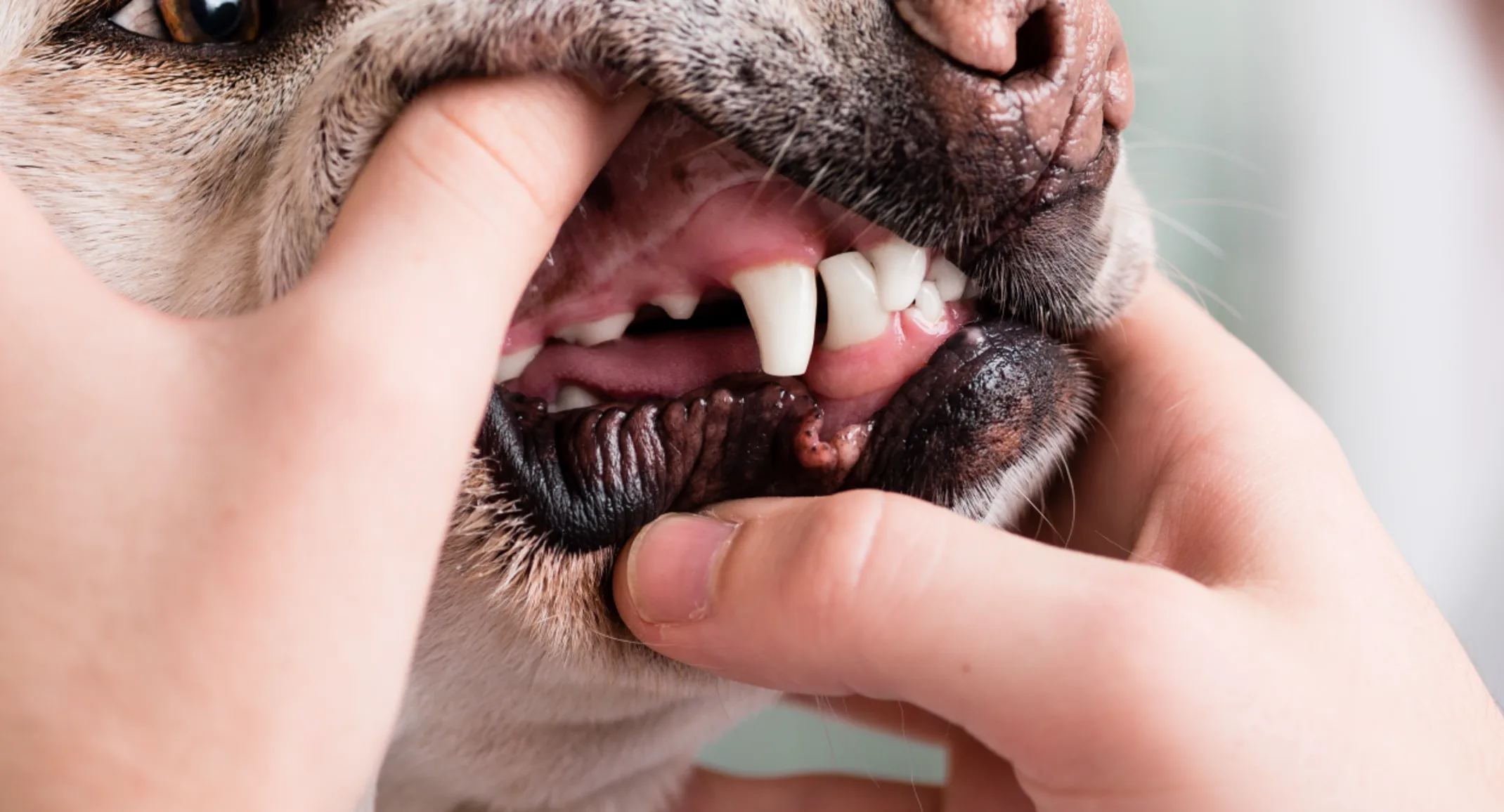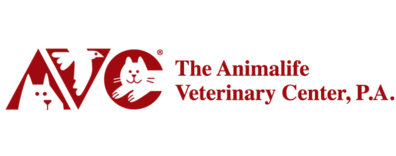Why dental care is vital for your pet
General

Caring for your pet’s teeth is one of the most important things you can do to keep your pet happy and healthy well into its “golden years”. In fact, dental care can and should start at puppy stage. This way your pet can be taught a behavior that will help you assess and care for your dog’s teeth its entire life.
Once your dog is a little older you can start the process of brushing with a tooth brush.
Dental disease effects overall health.
Dental disease effects more than just your pet’s mouth. Dental disease is directly related to heart disease, cancer, liver disease and kidney failure. Diseased teeth are a constant source of pain and infection for your pet.
Get your puppy used to you poking around in its mouth.
It doesn’t have to be in the context of actually accomplishing anything other than training him to tolerate it. You can make it a bit of a game out of it. Lift their lips, open their mouth, stick your fingers in and massage their gums then give them a little treat when you’re done. Puppies have a mouth full of baby teeth they’re going to lose anyway, so you don’t have brush them but it’s a good idea to get them acclimated to the process. It will pay huge dividends later on in life.
Pet toothbrushes and toothpaste.
Once they’re a bit older, start the process of brushing. There are a million different types of cat and dog tooth brushes and I am not married to any one type. (I include cats although getting a cat to tolerate having its teeth brushed is a rare feat) . Whatever works for you and your pet. Most pet owners use a normal human tooth brush. There are several different brands of pet toothpastes in chicken and beef flavors. Do not get them confused with your own toothpaste or you’ll be in for a nauseating surprise in the morning. Many of my clients’ pets love the taste and actually beg for their daily brushing.
Why crunchy kibbles are good for teeth.
What a pet eats is extremely important to the health of its teeth. I can tell you with absolute certainty that a dog or cat that eats canned food its entire life will have very nasty teeth as it ages. Chewing dry kibble provides a natural abrasive action which scrapes a certain amount of plaque and tartar from the teeth. Canned food just packs up in the teeth and stays there. Imagine eating a PBJ and not brushing afterward. It’s the same idea. Avoid the really tiny little kibbles that your pet can swallow whole – if they don’t chew they don’t get any dental benefit. My 4 pound poodle eats the same food as my 50 pound border collie. She really crunches on those larger chunks but then she has really great teeth. Often I hear people say that their little dog can’t chew the bigger stuff. Trust me, I’ve been bitten (really hard) by enough little dogs to tell you that unless they have some underlying health problem that affects their ability to chew, they have plenty of bite strength to handle that food.
Make an appointment for a proper cleaning.
Diet and brushing will not stop the inevitable. Eventually, your pet will need to have its teeth cleaned by your veterinarian. It’s scary, I know. It’s an anesthetic procedure but the risks involved are minimal, thanks to modern anesthetics veterinarians use to custom an anesthetic protocol for your pet. The risks to your pet’s health by not having the procedure are real and they are huge.
A safe procedure today.
The treatment is very straightforward. In my practice, pets are presented for teeth cleanings in the morning, pre-operative blood work is done to identify any underlying health issues that could affect our anesthesia, then they are sedated, and given intravenous fluids during the procedure. The teeth are scaled using a high frequency ultrasonic scaler, then polished, and each tooth examined for disease. That done, the pet is recovered.
Often teeth need to be extracted. If there is so much loss of bone that the tooth is loose and infected, it cannot be saved. Your pet will never miss it. In fact, they will be happy to be rid of a loose, painful and infected tooth. It is a very safe procedure but feel free to question your veterinarian about what anesthetics they use, how many dental procedures they do and how confident they are in the procedure. At my office we average around two to three procedures every day, use the most modern anesthetics, monitor every aspect of our patient’s anesthesia (temperature, blood pressure, respiratory rate, EKG, blood oxygen concentration) during the procedure, and I am confident enough in the process to have cleaned my own dog’s teeth when she was 19 years old. The procedure was entirely uneventful.
Ignore gimmicks and keep up routine brushing.
Finally, ignore the ads for products to put in your pet’s water, or spray on their teeth to remove tartar so you’ll never need to have them cleaned. They don’t work. Think about it, if there was a product that eliminated the need for dental care just by drinking it, wouldn’t they be marketing it to us? I’d buy it and drink it faithfully. I brush my teeth many times a day but I still have to go to my dentist every 6 months to have them scaled. Your pet is no different so pay attention to its teeth. If you have a puppy, start early with the training. If you have an adult dog, feed it dry food and start brushing. If you have an old dog, have your veterinarian look at its teeth, especially the ones in the back. Chances are, they need to be cleaned. Your pet will benefit greatly from the procedure, and you will be rewarded with a pet that has nice, minty fresh breath and a healthy mouth.
~ Dr. Randy Eisel
